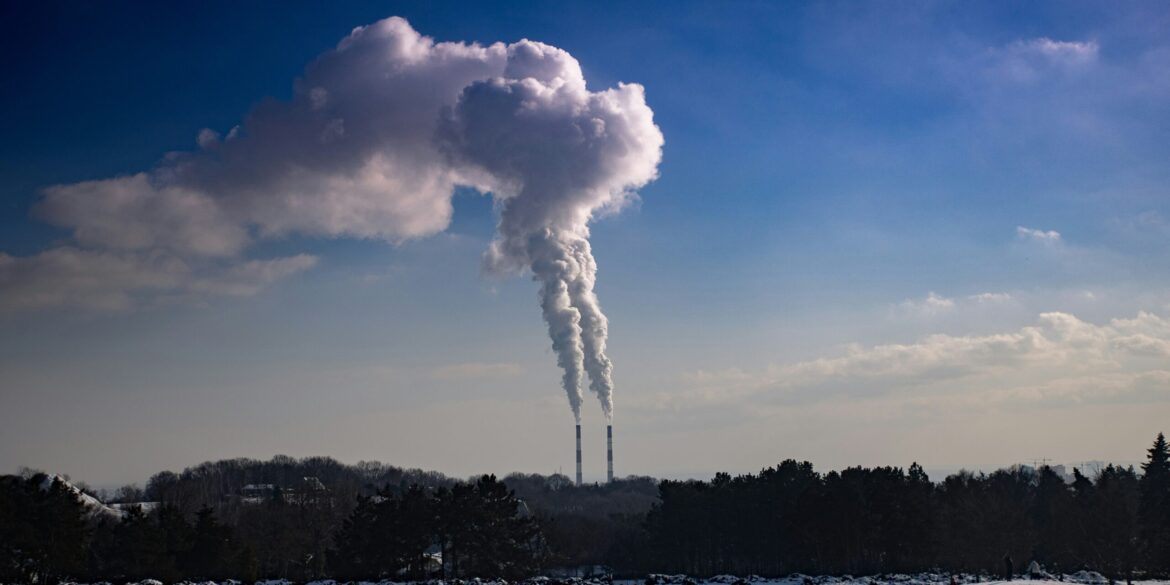A growing number of scientists and policy advocates are sounding the alarm about an often-overlooked dynamic in climate change: the fading effect of aerosol-induced cooling. For decades, emissions from industrial activity, transportation, and biomass burning have released aerosols into the atmosphere that reflect sunlight and contribute to cloud formation. These particles—though harmful to human health—have inadvertently masked a significant portion of the warming caused by greenhouse gases. Now, as air quality regulations tighten and fossil fuel use is reduced in favor of cleaner energy sources, that masking effect is rapidly diminishing. The result could be a sudden and potentially sharp increase in global temperatures, unless policies are recalibrated to anticipate and address this change.
Studies have shown that aerosol pollution has likely offset as much as one-third of the warming expected from greenhouse gas emissions since the start of the industrial era. These particles, including sulfate aerosols from coal combustion and other sources, have provided a short-term cooling effect by scattering incoming solar radiation and enhancing cloud reflectivity. However, unlike carbon dioxide—which can persist in the atmosphere for centuries—aerosols are short-lived and typically fall out of the atmosphere within days to weeks. As a result, improvements in air quality can lead to an almost immediate reduction in aerosol concentrations, rapidly unmasking the warming that had been temporarily hidden.
Recent modeling studies and observational data have begun to capture the onset of this phenomenon in regions that have seen aggressive air quality improvements. For instance, in parts of East Asia, particularly China and India, efforts to reduce air pollution are already leading to a noticeable warming trend that cannot be explained by greenhouse gas emissions alone. In these areas, previously heavy aerosol loads had been suppressing surface temperatures. As these particles clear from the atmosphere, temperatures are beginning to rise more quickly—a trend expected to accelerate in the coming years.
In response, progressive policy organizations, scientists, and climate strategists are calling for a major shift in climate policy frameworks to explicitly address the consequences of fading aerosol cooling. They argue that without immediate action, countries could face a rapid surge in warming, particularly in urban and industrial regions, with cascading impacts on health, agriculture, water systems, and infrastructure.
Key policy recommendations emerging from these discussions include the urgent need to ramp up greenhouse gas mitigation strategies. While clean air policies are essential for public health, they must be coupled with even stronger efforts to reduce long-lived climate pollutants like carbon dioxide, methane, and nitrous oxide. Advocates emphasize that decarbonizing energy systems and transitioning to renewable sources is not only a climate necessity but also a way to offset the loss of the aerosol cooling effect without backsliding on clean air progress.
Another priority is targeted investment in clean energy and resilient infrastructure. Regions that are expected to experience rapid warming as aerosol levels drop—often areas with historically high pollution—will need strategic adaptation measures. These could include urban heat management plans, the expansion of public cooling facilities, improvements to building design and insulation, and enhancements to public health systems to deal with heat-related illness.
There is also a growing call for international and domestic climate policies to recognize the disproportionate burden facing vulnerable communities. In many cases, the regions most affected by aerosol masking and demasking are also home to populations with limited resources and limited political influence. Policymakers are being urged to ensure that these communities receive support, both in terms of adaptation resources and participation in planning processes. This includes not only financial assistance but also education, training, and infrastructure development.
From a scientific perspective, more investment is needed in understanding how aerosol-cloud interactions work, especially because this remains one of the largest sources of uncertainty in climate modeling. Better data on how different types of aerosols affect clouds, regional temperatures, and precipitation could lead to more accurate forecasts and inform smarter policymaking. Additionally, ongoing satellite monitoring and ground-based measurements will be essential for tracking how rapidly aerosol concentrations are changing and how that change correlates with shifts in temperature patterns.
The looming issue of aerosol demasking presents a complex challenge. On one hand, cleaning up air pollution is one of the most successful and urgent public health measures being implemented worldwide. On the other, this progress may have the unintended consequence of accelerating climate change in the near term. Balancing these competing dynamics—health protection and climate stabilization—will require thoughtful, integrated policy approaches.
As the world races to meet net-zero carbon goals, policymakers must understand that climate change is not being driven by greenhouse gases alone. The interactions between various atmospheric pollutants, their different lifespans, and their divergent effects on warming must all be accounted for. The fading of the aerosol cooling effect is not merely a technical detail—it could fundamentally reshape the pace of climate change in the coming decades.
In light of this, governments, especially those leading clean air efforts, are being urged to re-evaluate their climate strategies to include scenarios where aerosol cooling fades significantly. Incorporating this into long-term national plans and international climate commitments could help prevent unforeseen climate shocks, particularly in regions already facing intense climate pressures. It is becoming increasingly clear that climate-aware policymaking must evolve in tandem with the atmospheric changes being observed—and that includes confronting the warming that cleaner air may soon unmask.

